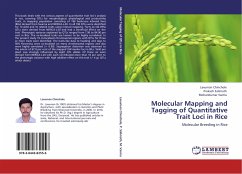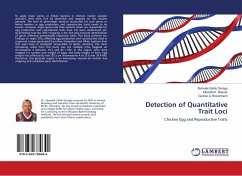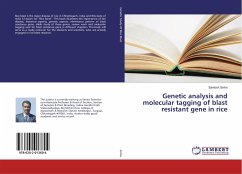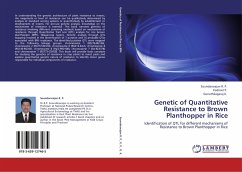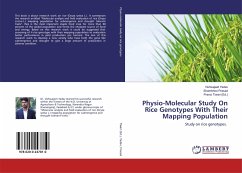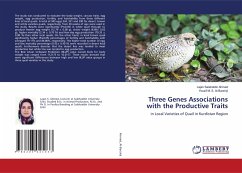This book deals with the various aspects of quantitative trait loci s analysis in rice, covering QTLs for morphological, physiological and productivity traits, in mapping population consisting of 188 backcross inbreed lines (BILs) derived from Swarna and NERICA-L-20. In all 106 QTLs were identified for 14 yield and its related traits using interval mapping. Forty six (43.39%) QTLs were derived from NERICA-L-20 and had a beneficial effect on the trait. Phenotypic variance explained by QTLs ranged from 7.90 to 84.00 per cent in BILs. The co-localized traits are known to be highly correlated. In the present study 16 co-localized chromosomal regions with QTLs for three or more traits were identified. The traits like days to heading and days to 50% flowering were co-localized on many chromosomal regions and also were highly correlated ( 0.90). Segregation distortion was observed to the extent of 67.8 per cent of the mapped SSR marker loci in BILs. Yield per plant was strongly influenced by eight QTL alleles. Of these six were derived from NERICA-L-20 with each contributed more than 10 per cent to the phenotypic variance with high additive effect on this trait ( 4 g). QTLs which detect

